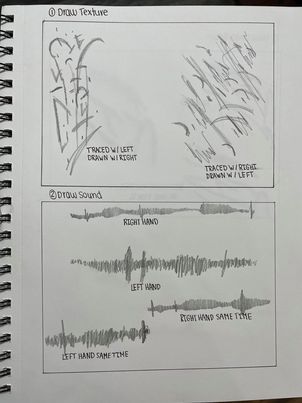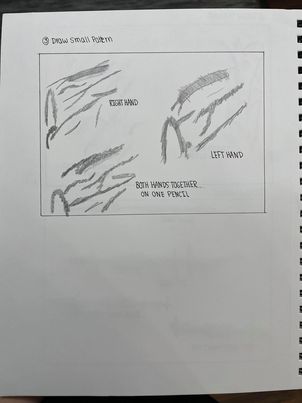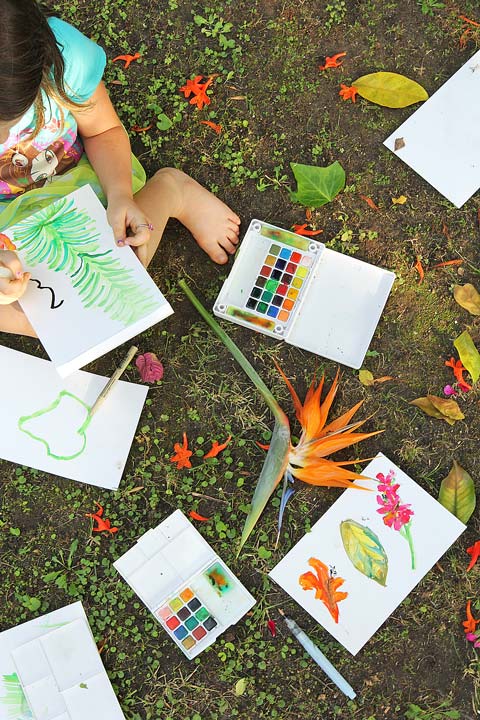Take it Outside: A Place-Based Approach to Art Education
In this chapter, Hilary Inwood goes on to describe how beneficial plant-based education is and how this program should be implemented and taught in schools. Plant-based education is a way to encourage the teachers to go and explore with their students outside of the tradition classroom setting. By doing this everyone is able to learn in their communities and gain a better appreciation for their surroundings. Inwood continues on explaining how it also helps to get the students involved with their communities as well as building those connections with the physical, cultural, and political aspects. One of the things she mentioned in which I thought was interesting was how it can create different approaches on how to self-reflect, critical thinking, as well as problem solving. All of this comes into effect because they are learning on their own and get to create what comes to their own mind.
Reference
Inwood, H. (n.d.). Chapter 24 Take it Outside: A Place-Based Approach to Art Education. In Connections, Reflections and Creations (pp. 208-215).
Bring Art to Life: Creative Nature Connection for Educators

Throughout this article, Lisa Lipsett talks about different practices of art in which are used to connect with nature. She talked about three different things that stood out to me in particular as I was reading it. The first one is the CREATE Cycle, the second is the SLOW approach to painting and drawing, and the last one is the Eight Session Program. For the Create Cycle, there are six different steps that repeat each other every time; drop into yourself, explore, silent polo or sit pot, create, reflect, and then the gratitude closing. By following these same steps, you can get into the same routine each time but will create different art as the variables will change. The next thing that Lipsett teaches her students is the SLOW acronym. The first part of it is to find your sit-spot and to be silent once you get there. The next one is to follow and do what you love and to not do what someone else is doing so you can be like them. It is all based on you and your personal preferences. After that comes how you must be open to what you are working with and the things around you. This allows you to have different ideas come to mind and can help you to get started on whatever you are creating. The last one is being able to let your thoughts wander and to use your whole body like both of your hands or closing your eyes and letting your brain create some of it. By following the slow approach, you are using all of your abilities as well as you’re surrounding to create a piece which could make it more memorable to you. The last thing that she talks about that caught my attention was the Introductory Eight Session Program. I thus far have only competed three of them; draw texture, draw sound, and the draw small pattern. Each of the eight things has a drawing component and a painting component as well as she gets you to create with your left hand, right hand and both hands. These are just some of the basic ways that you can create and engage. Although she covers a greater number of ideas in this article, those are the three that stood out to me in which I could see myself doing in the future and I would highly recommend reading this article as it not only tells you why art outside is important but also gives you different activities to try.

Reference
Lipsett, L., EdD. (2013). Bringing Art to Life: Creative Nature Connections for Educators. Bringing Art to Life: Creative Nature Connections for Educators.
